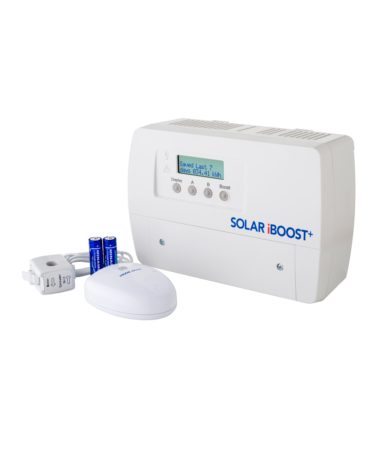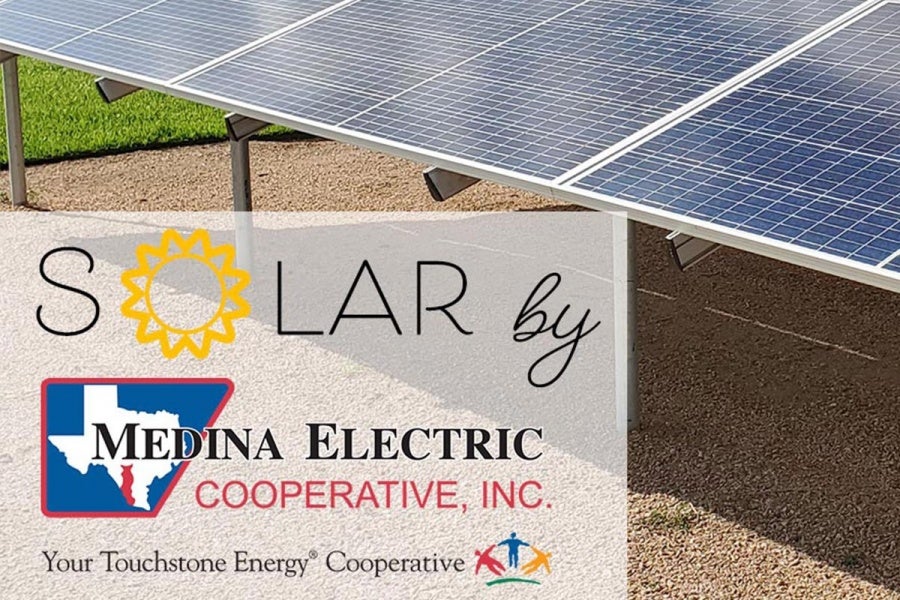Hedges
I See Electromagnetic Fields!
- Joined
- Mar 28, 2020
- Messages
- 20,682
Yes, I wanted a "fudge factor" to never accidentally back-feed. Mainly I just want to offset some of my HVAC usage, so that number could be higher if need be.
Is it a single speed or inverter?
With a single speed there is the trick of picking a grid tie inverter that is always smaller than the single power level. And then naughtily connect the inverter to the load side of the start contactor (or some other interlocked way to start). Microinverters or small grid tie string.
An old UL-1741 GT PV inverter behind the A/C compressor contactor AND any thermal overload switch is absolutely, positively, guaranteed to disconnect from the grid the same millisecond the compressor load is removed from the grid.
If possible, reduce the 5 minute qualification of grid in spec to a couple seconds.
You'll have to set max wattage of inverter so it never exceeds the lowest draw of compressor, which will vary with temperature.
A CT based zero-export would be better, ramp production up to match compressor draw, minus some margin for measurement error. But contactor instantly takes it off line, eliminating spurious exports.
Of course, this only works during air conditioning season. Maybe you can switch it over to heating circuit as well. (after temperature limit switch, actually on wires to element.)





